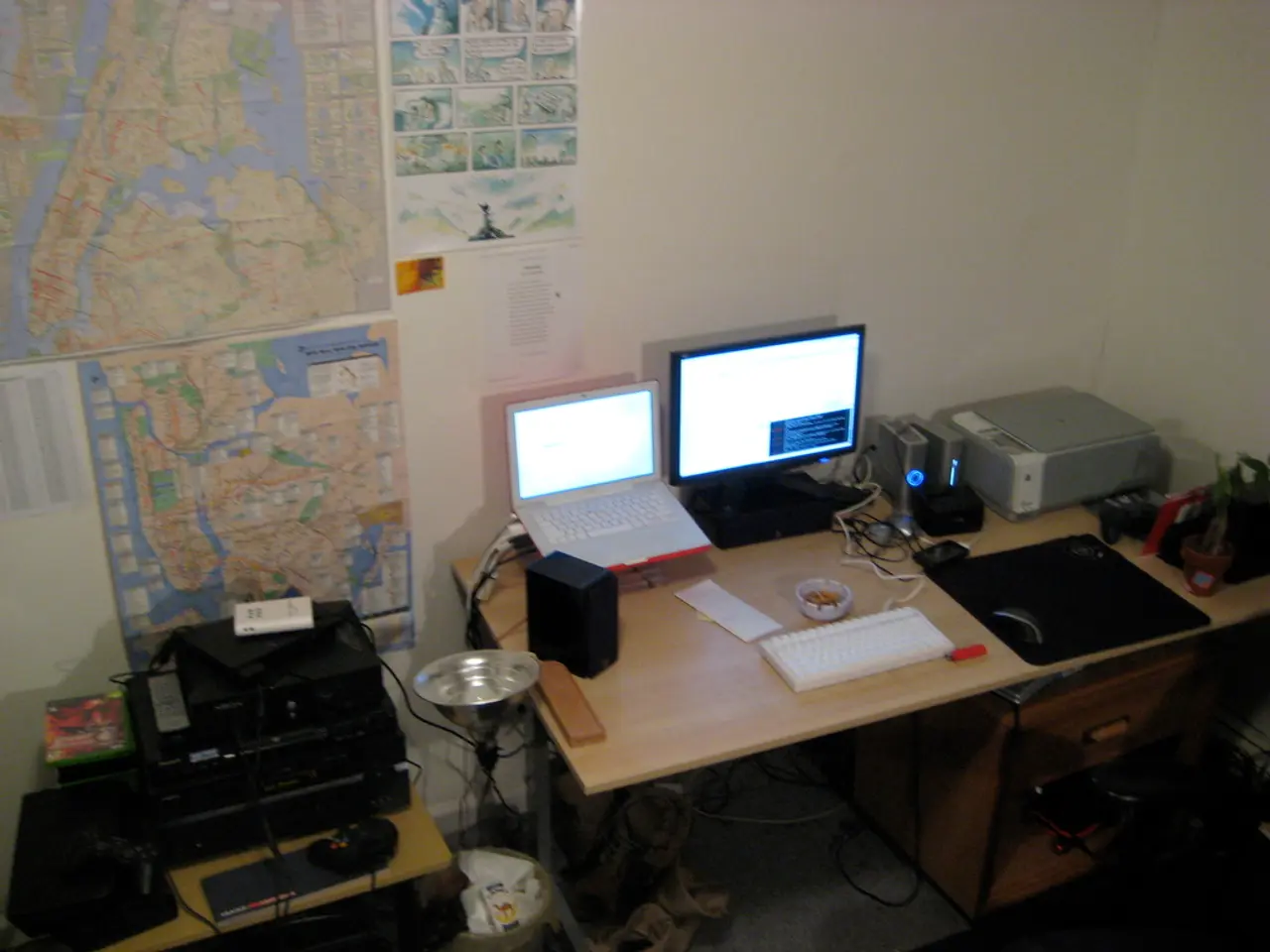Nighttime Drone Operations Permissible for Recreational and Part 107 Pilots
The Federal Aviation Administration (FAA) has recently updated its guidelines for drone operations, particularly for those flying at night. These changes aim to ensure the safety of all aircraft in the national airspace while accommodating the growing community of drone pilots.
Part 107 Pilots and Night Flights
As of April 21, 2021, Part 107-licensed drone pilots can fly their drones at night without a waiver, provided their drones are equipped with anti-collision lights visible for at least 3 statute miles. To legally conduct night flights under Part 107, pilots must complete an updated FAA-approved night operations training course, which is typically part of FAA recurrent training after initial certification.
Recreational Drone Pilots and Night Flights
While hobbyist enforcement is lighter, safety guidelines strongly recommend that recreational drone pilots comply with similar rules. Recreational pilots must have drones with anti-collision lighting visible for 3 statute miles to legally fly at night. They are required to pass the Recreational UAS Safety Test (TRUST), an online safety education course that covers basic rules including night flying regulations.
Anti-Collision Light Requirements
The drone must have anti-collision strobes or lights that are visible from at least 3 statute miles, to enhance visibility to other aircraft and reduce collision risks during night operations. These lights are mandatory for any night flight under Part 107 and strongly advised for recreational flyers who fly at night.
Airspace Authorization and LAANC
To fly at night in controlled airspace, a request for airspace authorization through LAANC is required, indicating the planned hours of flight. The LAANC system now accommodates night operations in controlled airspace for both Part 107 drone pilots and Recreational Flyers.
The Future of Drone Legislation
The landscape of drone legislation is still in a state of rapid evolution. One notable development is the requirement for all drones sold in the US to have a Remote ID by the end of 2022, and all drones operating in national airspace (except for a few pre-identified areas) to have Remote ID modules by late 2023. However, Remote ID is not directly related to being able to fly at night and is not a requirement for night operations.
In summary, the FAA's new regulations for night operations provide a clear path for both Part 107 commercial pilots and recreational pilots to fly safely at night. By adhering to these guidelines, drone pilots can continue to contribute to the thriving drone community while ensuring the safety of all airspace users.
| Aspect | Part 107 Pilots | Recreational Pilots | |------------------------------|---------------------------------------------|-------------------------------------------| | Night flight allowed | Yes, with updated FAA night training | Allowed if drone has anti-collision lights (enforced less strictly) | | Training required | FAA night operations online course | Recreational UAS Safety Test (TRUST) | | Anti-collision lights | Required, visible 3+ statute miles | Required/recommended for night flight |
Drone pilots under Part 107 are now permitted to fly drones at night without a waiver, only if their drones are equipped with anti-collision lights visible for at least 3 statute miles. Recreational drone pilots are also required to have their drones equipped with anti-collision lighting visible for 3 statute miles to legally fly at night.




